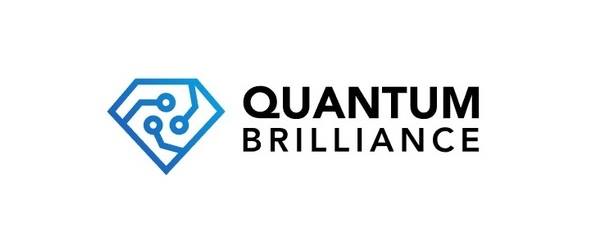Quantum Computing Hits the Desktop; No Cryo-Cooling Required with Quantum Brilliance

(NewAtlas) Quantum Brilliance, an Australian/German company is developing powerful quantum accelerators the size of graphics cards. They work at room temperature, undercutting and outperforming today’s huge, cryo-cooled quantum supercomputers, and soon they’ll be small enough for mobile devices.
Quantum Brilliance was founded in 2019 on the back of research undertaken by its founders at the Australian National University, where they developed techniques to manufacture, scale and control qubits embedded in synthetic diamond.
Room-temperature quantum qubits have been around experimentally for more than 20 years. Quantum Brilliance’s contribution to the field is in working out how to manufacture these tiny things precisely and replicably, as well as in miniaturizing and integrating the control structures you need to get information in and out of the qubits – the two key areas that have held these devices back from scaling beyond a few qubits to date.
“The fundamental property we’re using,” says new hire Mark Mattingley-Scott, who will oversee operations for the company in Germany, “is nuclear spin, and not the spin of an electron. An atom cares a lot less about thermal vibrations, for example, than an electron, so this way we can run them at room temperature. In the nitrogen vacancy, there’s a hole, and through that we’re able to interact with the qubits. There are multiple interactions, so we actually get potentially multiple qubits per vacancy.”
The company has already built a number of “Quantum development kits” in rack units, each with around 5 qubits to work with, and it’s placing them with customers already, for benchmarking, integration, co-design opportunities and to let companies start working out where they’ll be advantageous once they hit the market in a ~50-qubit “Quantum Accelerator” product form by around 2025. “We think over a decade,” says Luo, “we can even produce a quantum system-on-a-chip for mobile devices. Because this is truly material science technology that can achieve that.”
In terms of commercial deployment,” says Luo, “we have the Pawsey Supercomupting Center, which is currently the Southern Hemisphere’s largest supercomputing center, co-owned by CSIRO and some other universities. We established basically Australia’s first supercompuing quantum innovation hub, and we set up a Pawsey Pioneer program where industry and research groups can utilize our quantum operating system. We’re deploying the world’s first room-temperature diamond quantum computing system at Pawsey in Q1 2022 – we were meant to install it this month, but due to COVID delays we can’t actually cross the borders into Western Australia! We’re planning to deploy some in Germany as well, which is why we’re so lucky to have Mark coming on board to lead our operations in Europe and Germany.”



















